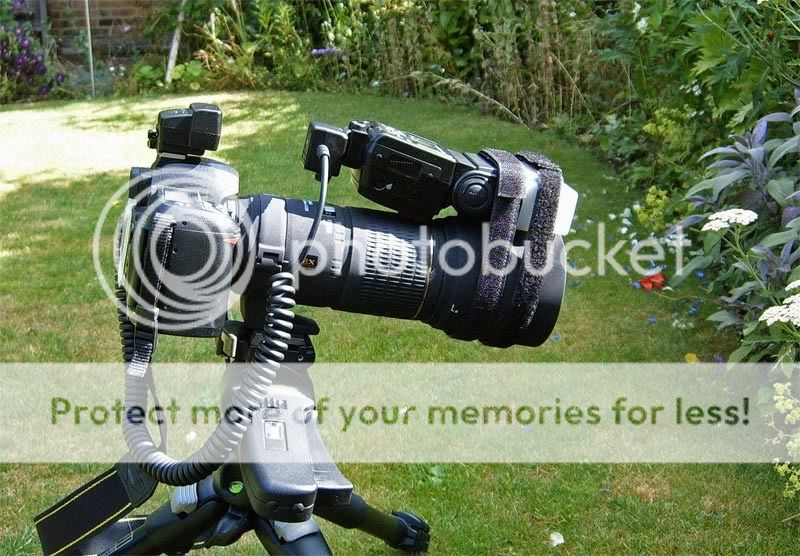- Messages
- 29,408
- Name
- Marcel
- Edit My Images
- Yes
Marcel submitted a new resource:
The TP Tips Bank - The TP Tips Bank
Read more about this resource...
The TP Tips Bank - The TP Tips Bank
We are hoping to collate a massive thread containing all those little tips and tricks that people use when theyre out taking photographs, or back home processing their work. Things they've picked up from others, or ingenious ideas that they've devised or dreamt up themselves.
So we're throwing open this thread, and asking everyone to submit any tips and ideas they can think of. When the thread starts to grow, we'll collate them into little sections/categories, with full credit to each member...
Read more about this resource...
Last edited by a moderator:




